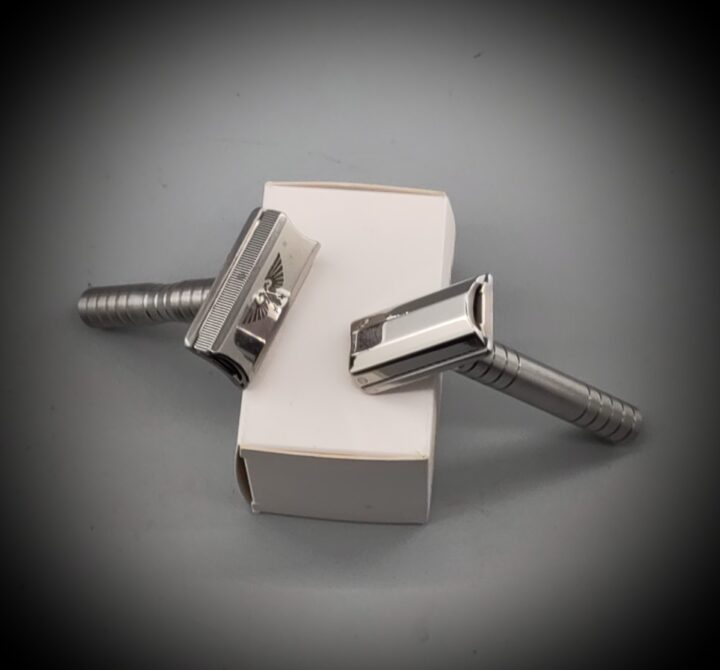
Figure 1: The Old And New Winning Razors
My recent acquisition of the Winning Razor 2.0 by Yates Precision Machining [Y.P.M.] has proved a most interesting upgrade. As I’m sure you are aware by now, before I even began my first shave with it I had to send it out for an awesome modification.
Inspiring upgrades aside, I have committed to some contrast shaves between my older, hand-polished version of the Winning Razor and the newer Mk 2 which I recently began working with.
Competitor?
First, my senses are these razors are meant to be an indirect competitor to the much loved Henson razor. Both razors offer very little blade extension, moderate blade gap, and nearly full constraint of the blade when fully assembled. (To be fair, we might also throw the Karve Overlander into this same category.) In a conversation I had a while back with Mark Szorady, I specifically referred to the Winning Razor as a sort of “training wheels razor”, suitable for those just starting out.
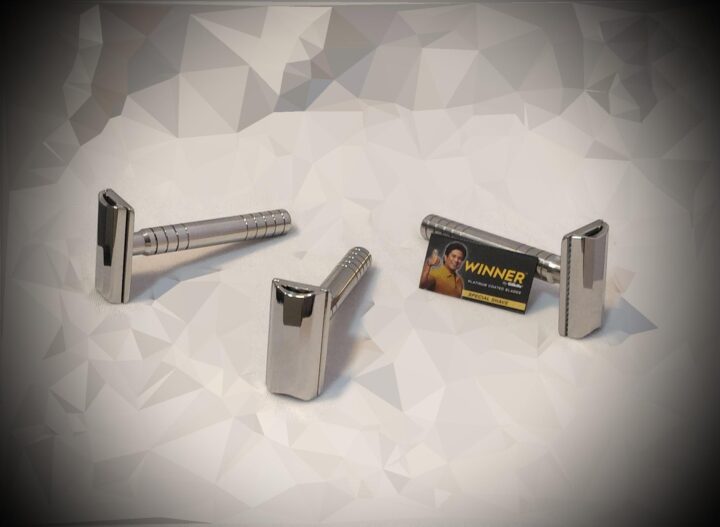
Contrary to what some naysayers may indicate, there is a genuine need in the wet shave marketplace for razors that are efficient yet mild enough that they are forgiving and easy on those of us who suffer with very sensitive skin. Yes, there may be some gimmicks in some advertising here or there, but these razors offer genuine bulletproof comfort and an easy segue into this hobby space for those who are just starting out.
My appreciation for the Winning Razor goes without much comment for reasons I’ve outlined above. I took my copy of the first edition of the Winning Razor and hand polished the head and handle to a mirror shine, not just once but several times across multiple copies. (I’ve even performed this same razor refinement service for others who wanted the same experience.) The Winning Razor became my daily driver for many weeks and months, and today I regularly alternate between this and the Henson Aggressive razor in titanium.
Winning In Titanium
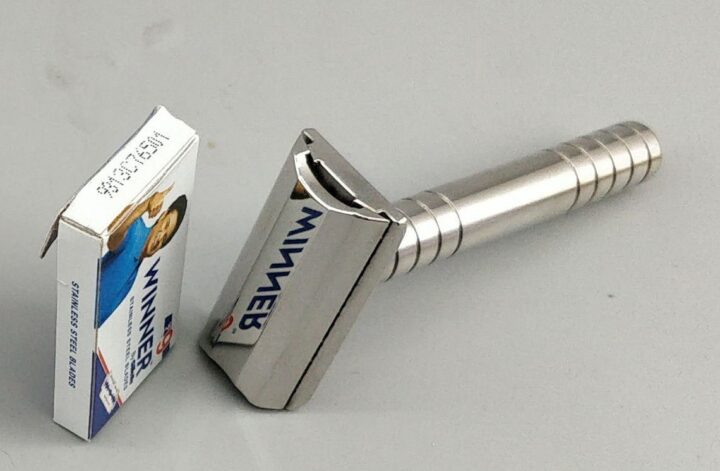
Late last year Yates Precision Manufacturing announced an early-bird pre-sale of the new Winning Razor In titanium, delivered to your door for the acceptable price of $150. I jumped in and the new ended up in my hands in March after some delays.
I’ve done a few side-by-side contrast shaves with both versions of the Winning Razor, and my thoughts are summarized as follows:
First, I’m pleased to note the new Winning Razor has a much tighter machining tolerances versus the older one. Fit and external finish have improved, such that the blade will sometimes “twang” like a guitar string when you assemble the razor. This is usually a good thing.
The previous Mk1 razor had blade posts which measured Ø4.71mm, but the base plate holes they go into are Ø4.97mm. It doesn’t sound like much but this is a huge amount of “slop” which can cause the blade to drift when tightening the cap down, leading to one side being too harsh with too much blade exposure while the other side becomes overly mild. The correction of this error is a most welcome change with the new release.
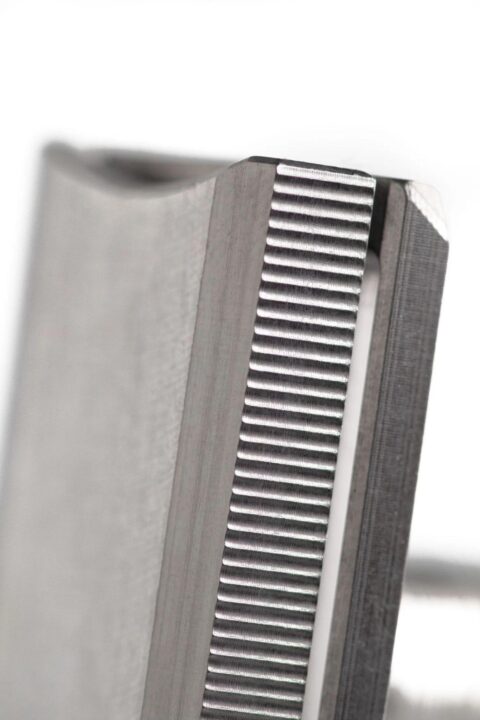
Figure 4: The Striations of the Mk 2 Winning Razor.
Second, there definitely is a little bit more blade feel with the newer edition. The overall structure remains identical, yet this new Winning Razor adds some striations on the top cap which makes for a slight increase in aggression, similar to what you might get if you were to order a Timeless razor with the scalloped top instead of a smooth cap. This acts as a kind of “reverse open comb” razor while in use. Judging by the looks of it, this move by YPM was done to cut down on the drag which users of the previous edition were complaining about. I do notice, however, a slightly uncomfortable scratchy sensation while shaving, something which was not evident on the older release.
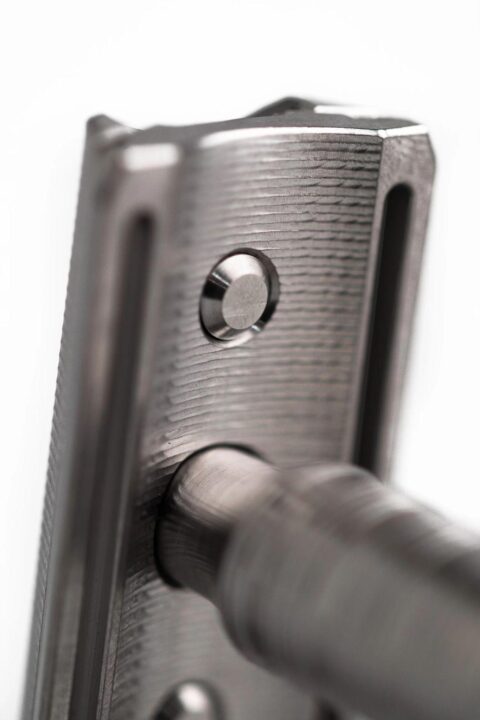
The height on the newer cap and base assembly is also somewhat shorter, and some rough scalloping on the underside of the base plate allows for shorter threads on the top cap. A small diameter spotface seats the handle flat, but this relatively tiny feature here could limit your selection of alternate handles should you wish to substitute something else to get a grip on. These decisions made in the name of machining economics don’t distract from the overall build and quality of the razor.
Along with the slight increase in aggression, I notice I don’t need to make as many passes with the Mk 2 Winning Razor versus the original version. Chalk this up to a boost in efficiency with this razor. The shave finishes ever so slightly closer and in less time, such that it almost performs as a sort of squeegee for your whiskers. I don’t need to press in with the newer version as much as I sometimes do with the Mk 1.
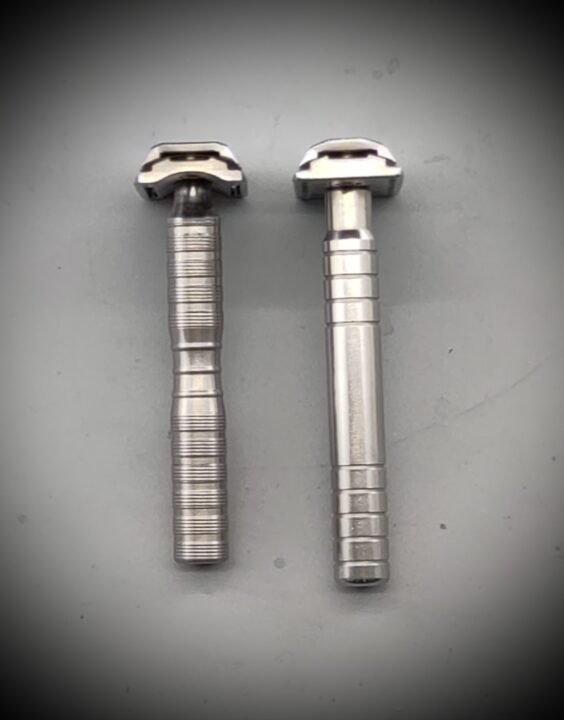
Compared to the latest release, I liken the performance of older shaver to be like driving one of those big old 1970s “land yacht” cars, which would just hover over the bumps in the road; the Mk 1 razor would handle the shave much in the same way, gliding over your face with minimal feel or sensation. Note I may be somewhat biased in this statement because I went out of my way to polish every single copy of the earlier Winning Razor I got my hands on. Yet I note this drastically improves the quality and feel of my daily shave with this previous razor. This quality makes it an absolute asset for those of us who positively require utmost comfort during the morning grooming routine.
Moving onward, the handle on the new Mk 2 razor now features improved “grippy-ness”. The newer handle has a series of slight ridges which you can easily wrap your fingers around. The earlier handle came with only nine small grooves put into an otherwise semi-smooth diameter with a grooving tool, which made grasping and wielding the old razor with soapy fingers to be an ever so slightly hazardous affair. My penchant for shining up the handle to a mirror finish didn’t help much either, but it did make it look quite pretty. Substituting a titanium handle from a trusted third party would improve, well, the handling of this older shaver, so I frequently did just that.
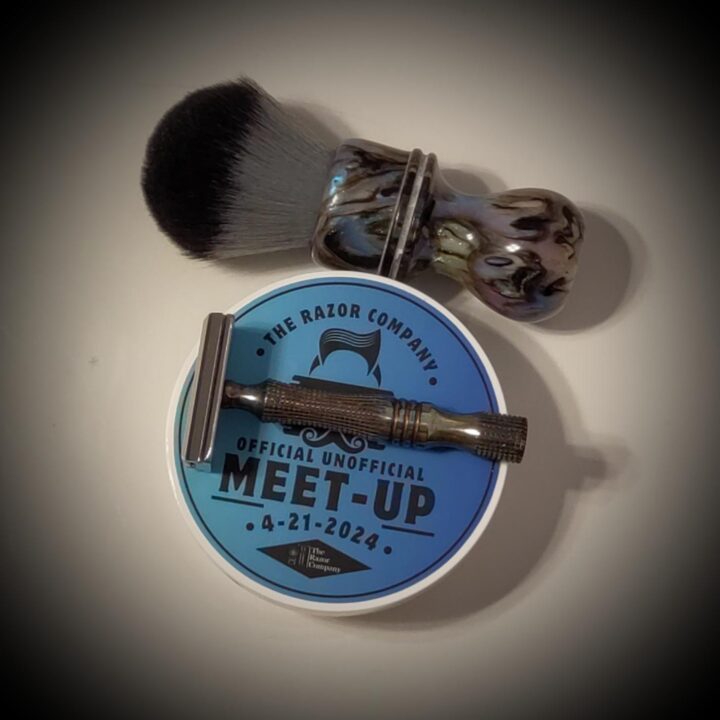
The weight of the new razor runs about 103 g, which is close to what the old release was. Because I am the proud owner of the limited titanium release, my assembled weight is on the order of 58 g. This is heavier than it would be for an aluminum razor, but lighter than that of the regular 316 stainless steel version. My personal preference is for titanium over stainless steel but either works acceptably in this situation.
One welcome change with the Mk 2 Winning Razor is the improvement in flow-through of lather through the base plate. The older version of the razor only had a singular row of small parallel holes which would not evacuate the soap and shave debris very well, and these frequently would clog up due to their minuscule size. This was somewhat annoying but not an ultimate dealbreaker. Thankfully the new version fixed this latent quirk.
Some Modifications
My journey into the realm of the Mk 2 Winning Razor would be fundamentally incomplete unless I were to make a few tweaks and modifications, as per my customary habit of tinkering with my shavers. A few shaves with this new generation razor revealed some problems and limitations not readily apparent.
First, the threads on the cap are applied using a threading mill operation and not a die. Unfortunately the threads seem to have been run down too far on the stem thus causing the blade to hang on these threads when tightening the handle down. This in turn would enlarge the blade gap and create a less forgiving shave. To get around this I gathered my Dremel and a conical grinding bit, then lightly touched the unused threads near the base where the threaded stud meets the cap. This created slightly more clearance and allows everything to fully assemble more easily.
Another annoying aspect of this razor is the relatively sharp leading edge of the safety bar, which means the razor would “shovel away” most of the lather, leaving relatively little lubrication to protect the skin against the cutting edge of the blade.
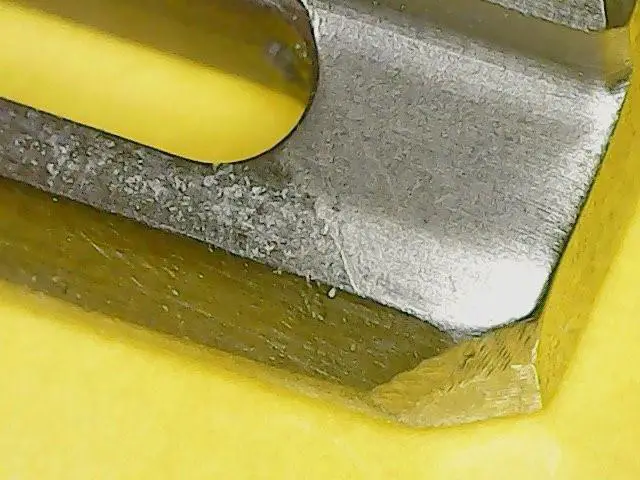
To solve this annoyance, I gathered my sandpaper and a light cutting oil, then proceeded to put a generous 3 mm radius on the leading edge of said baseplate. This acts as a type of “funnel” to guide more lather under the safety bar without distorting the overall geometry of the razor head. With more poofy lather now reaching the cutting action of the blade, we now have greater lubricity and increased comfort during the shave.
A Future Wishlist
I would be remiss were I to depart without briefly touching on the serrated feel of the top due to the new geometry. Undoubtedly this scratchy feel takes a few shaves to get used to, but you never fully forget it’s there. I can’t help but wonder if spacing out these shallow grooves so as to leave some flat surface on the top cap would help improve shave feel. Adding a slight radius to where these grooves blend into the top cap would also lessen the ever so slight rake-like sensation as you shave away with this delightful razor. Personally, I’d also like to see a hybrid open comb / safety bar baseplate like you can optionally purchase from Y.P.M. with their other shaver offerings.
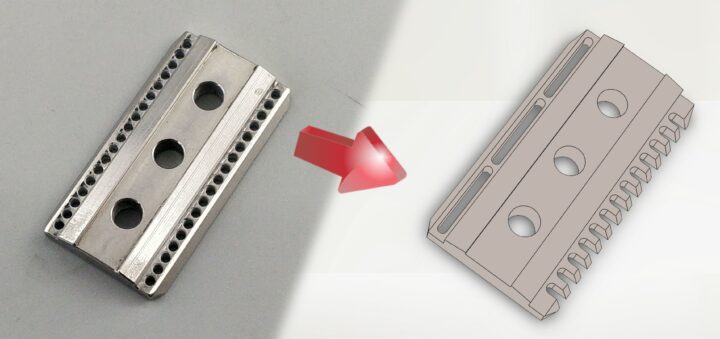
This would make for a pleasant and inspiring upgrade.
In review, I feel the greater positives outweigh the few drawbacks with this new Winning Razor. Yates solved most of the problems with the earlier design, and just about everything is better with this new iteration. If you find yourself pining for an easy shave that is close and comfortable with minimal fuss, hassle, and headache, you can’t go wrong by picking up one of these razors. For the low price of a bit over $80 you get an accessible shaver in rugged 316 stainless steel which will serve as an easy daily driver, or a forgiving entry into the world of wet shaving for novices.
In closing, I wish all of you a pleasant day, and my you have the most comfortable shaves ahead of you.

